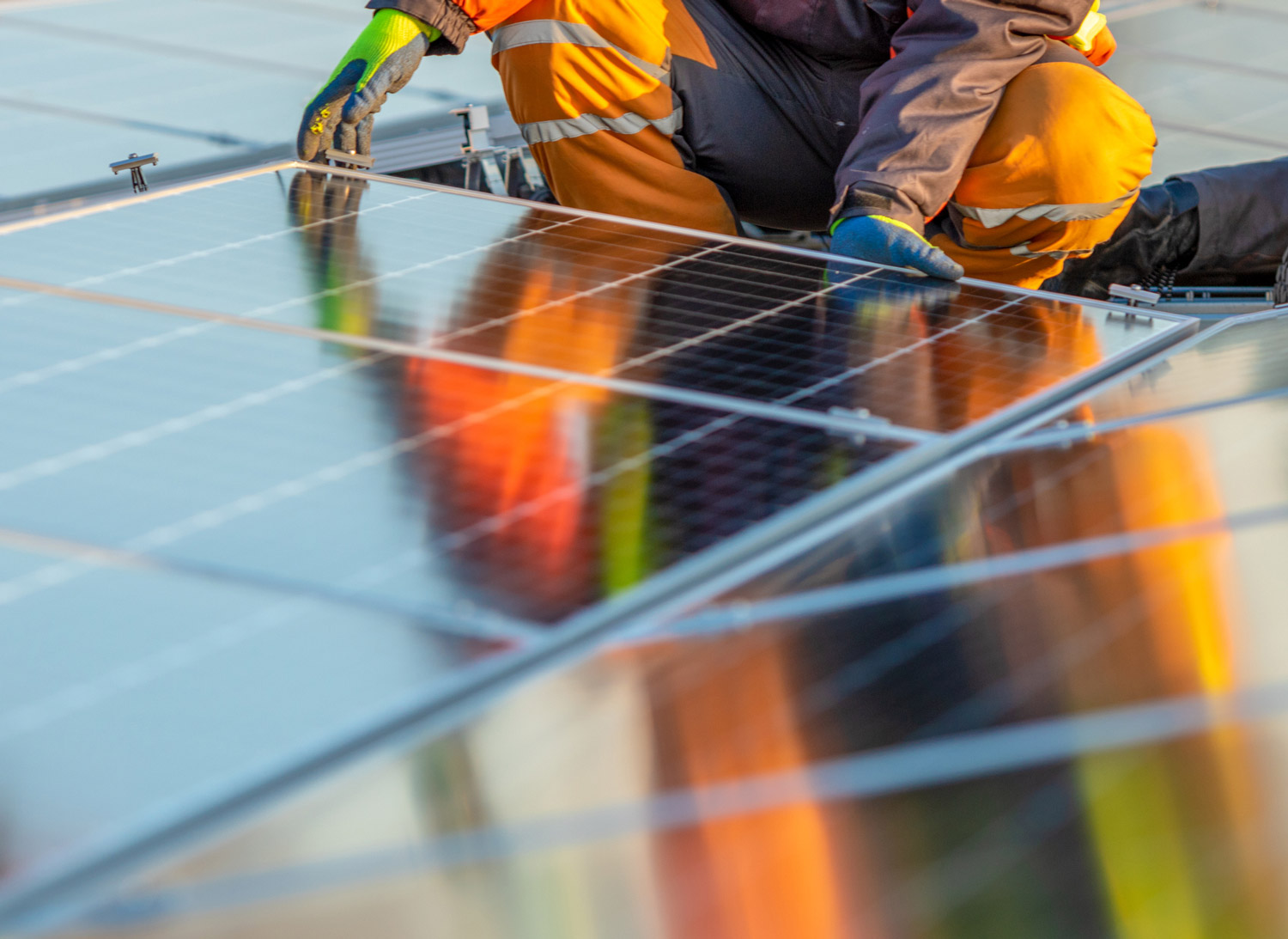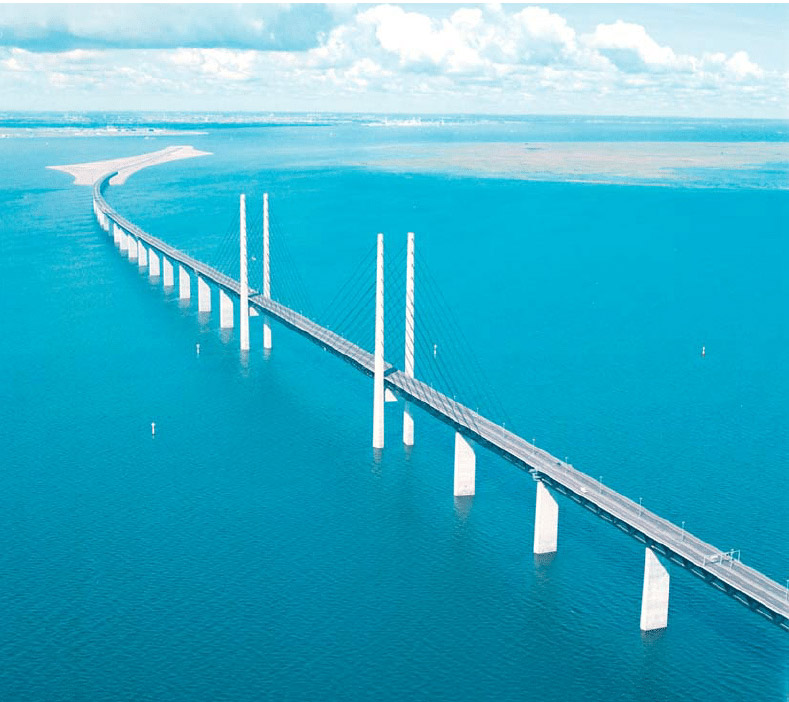Climate change has been declared the greatest threat to the planet this millennium, but innovative technologies in the building and infrastructure industries could help prevent catastrophic climate change, says IPWEA Director of Sustainability Dr Jacqueline Balston.
A report by the United Nations Intergovernmental Panel on Climate Change (IPCC) has warned of disastrous climate change impacts by 2050. The Paris Agreement of 2015, which forms part of the IPCC process, outlines a target to keep global warming to less than two degrees Celsius above preindustrial levels, which it is believed would prevent this catastrophe. However, to achieve this, humanity must reduce net carbon emissions to zero by the middle of the century, an approximate six per cent decrease per year.
Are we on track?
Unfortunately, we are not on track to reach carbon neutrality by 2050 and it is clear that a greater effort is necessary. However, there is now a range of innovative new technologies in materials manufacture as well as design and construction of infrastructure that, if implemented, could help us achieve this target.
The pathways to carbon neutrality
There are many pathways to carbon neutrality – reduce, reuse, repair, retrofit and recycle or replace with a carbon neutral option. Of these options, ‘win-win solutions’ – those bringing carbon emissions reductions and additional benefits such as cost reductions, or the incorporation of unused and unwanted waste products – should take precedence. For example, the reduction of water, materials and energy consumption will return the highest cost and emissions savings.
Continuing to reuse existing assets by repairing or retrofitting them also uses fewer materials than rebuilding. If assets are retrofitted to upgraded energy standards, then not only embodied energy, but also ongoing operating energy use, can be reduced. Recycling materials for use in new constructions also reduces the carbon footprint of the asset as well as reducing waste. Finally, the construction of new assets should, wherever possible, use carbon-neutral materials or components and be maintained using carbon-neutral energy.

Practical ways to reduce carbon emissions
1. Climate clever asset design
Climate clever assets are designed to incorporate low-to-no embodied carbon materials and require minimal ongoing energy inputs to operate and maintain. For example, climate clever buildings are designed to be solar passive to minimise the need for artificial heating or cooling via their orientation, placement of external vegetation and shading, control of air flow, inclusion of internal thermal banks, and use of insulation. Ongoing water and energy use are minimised by including solar panels, energy efficient appliances, automatic electricity sleep/off functions, water capture, low-flow water outlets and water recycling.
Climate clever street lighting options use energy efficient LED lights and turn off or dim after midnight to reduce energy use, costs and light pollution. Climate clever roads use recycled materials in their construction, capture stormwater for use in public green spaces and in some examples capture solar energy. All these design options have the potential to significantly reduce asset useful life costs and the embodied and operating carbon footprint of public assets.
2. Using carbon neutral steel, concrete and aluminium
Reports indicate the building industry produces about 39 per cent of global greenhouse gas emissions. Concrete, steel and aluminium account for 70 per cent of the embodied footprint of a building, but suitable carbon-neutral substitutes are beginning to be incorporated into projects. For example, the zero emissions Øresund Bridge linking Sweden and Denmark uses carbon neutral ‘sea concrete’ that ‘grows’ by running an electrical current through a conductor placed in seawater. As Ross Garnaut details in his latest book, Superpower: Australia’s Low-Carbon Opportunity, carbon-neutral steel and aluminium production are now a possibility in Australia and would provide the country with a market advantage over high emissions alternatives produced overseas.

3. Using low carbon embodied materials and carbon sinks
It is estimated the embodied carbon of buildings and infrastructure needs to be eliminated by 2040 to stay within the global carbon budget defined by the Paris Agreement. This can be achieved by constructing infrastructure out of low or no embodied carbon materials such as carbon neutral concrete and steel, stone, timber and bamboo. Ideally construction materials can act as carbon sinks to lock carbon away in assets for the duration of their useful life.
4. Infrastructure technologies that produce zero carbon energy
Green energy technologies can also be incorporated into infrastructure. Rooftop solar voltaic cells and solar hot water systems are now commonplace, but other surfaces including windows can now also produce solar power. Road projects in Europe, the US and China have also begun incorporating solar technologies into the road surface as an ingenious way to dramatically increase the surface area available for clean energy production. And methane capture at sewage and waste facilities is increasingly used to power facilities.
IPWEA’s Climate Change Impacts on the Useful Life of Infrastructure (Practice Note 12.1) is a fantastic resource for infrastructure managers wanting to identify the impacts of climate change on their assets. It provides a wealth of options for climate change adaptation and emissions reductions. This year a follow-up publication, Practice Note 12.2, will be available from IPWEA to further assist infrastructure managers to identify climate clever infrastructure materials that have low embodied carbon and a low energy and water footprint.














